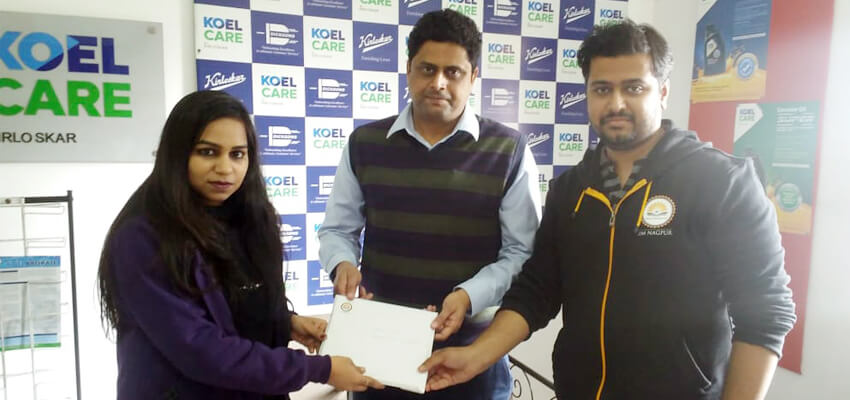
In December 2018, almost the same time last year, I was working on my field immersion module with the after-sales and service department of Kirloskar Oil Engines Limited (KOEL) – an outsourced organization and KOEL’s official partner. The Field Immersion module at IIM Nagpur is one of Institute’s flagship offerings and part of the core curriculum in the two year MBA programme.
The broad level problem statement on which I was working was to devise a strategy to bring back the company’s out-of-fold customers. Once an AMC expired after the first purchase, a good percentage of the customers either ignored renewing the AMCs on time or else chose to go for local after-sales service providers and not the authorized dealers. This led to a decline in revenue from the after-sales servicing channel. The experience while working on this problem statement in itself was quite interesting because, as a part of market research we had to understand consumer behavior, their preferences, and understand the reasons on the basis of which they preferred local unauthorized dealers and not the contract-based authorized ones. We conducted research among more than 300+ customers and analyzed the possible factors that stood out as prominent reasons during the research.
We were expecting some strong technically grounded reasons behind the decline, or maybe, poor servicing quality from the authorized dealers, but surprisingly, what came in as a core reason was just poor back-end customer relationship management. Even front-end CRM was highly satisfying but that back-end support in terms of informing customers on time about expiration, casual calls for some greetings occasionally, updating them with new offerings regularly, even if their AMCs are intact; neglecting such smaller, personalized aspects led to a fall in customer base. I will bring in the concept of individual or one-to-one marketing once again. When we talked to the customers, many of them were delighted that they were having someone from the company’s side; some research also gave insights that many customers haven’t been contacted for more than five years. Another issue that came up during the research was that the back-end database wasn’t updated with changes in customers’ current possessives. This further led to a mismatch between customers’ expectations and the efforts/direction in which the back-end, as well as front-end servicing teams were focused.
Eventually, by the end of the third week, we completed six pilot projects and brought back all the six out-of-fold customers. Based on the same framework that we applied in our pilot projects, we prepared a document that contained the devised customer relationship best practices and a framework to keep the cycle intact so that the company doesn’t lose sight of their customers. In a nutshell, my FIM experience offered me learning on how to handle customer segments that fall into a category where most of the owners and decision-makers are usually less educated and henceforth, to sell more in that segment, touching their psyche is a must.

